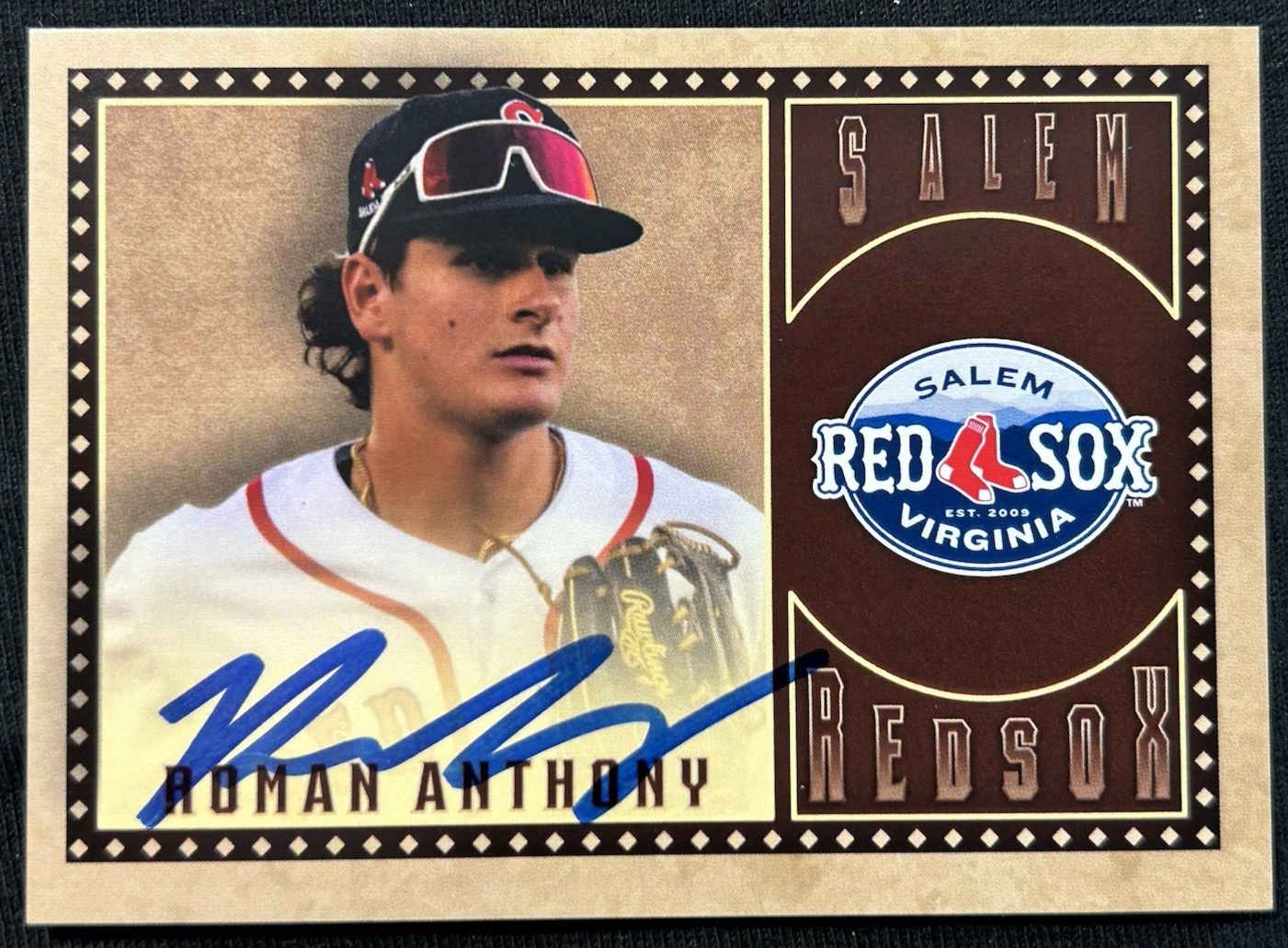

Going on social media in the last few days has been hard without seeing people tearing up their patch cards. But why are people tearing up their patch cards?
It all started when people discovered the wrong name written on the patches of their cards. That led many others to check and other influencers to try and create content. People found all sorts of things in their patch cards. Some were the right patch and others, not so much.
If so, how common is it for cards to have the wrong patch? Is this a new phenomenon? We have the whole story.
The biggest cards on the market nowadays are usually rookie patch autos. Meanwhile, our products are filled with memorabilia cards, often without an auto.
Expecting a game-worn piece of memorabilia can frequently be too much, especially from lower-end or mid-range products. However, while many of us are skeptical about the exact origins of the memorabilia in question, we still expect some connection to the player on the card.
There was a rash of collectors tearing up their memorabilia cards on social media and discovering that the patches in the cards belonged to other players and not the ones pictured in the cards.
What initially inspired this wave was not suspicion towards Panini. Instead, some enthusiasts attempted to match the patches to specific games, something that has become a rising interest for enthusiasts of photo matching.

When sports card companies use a patch on the cards, it usually comes with a little sticker with the athlete’s name and a serial number. At the time, memorabilia cards were directly linked to a specific game and player.
Many Panini cards used to have the phrase, “Panini guarantees the enclosed match-worn material and autograph.”
That allows us to link the patch to the athlete in question. But when their cards were broken open, more often than expected, the name and serial number were related to another player.
That stunned many people and led to indignant comments on all major social media forums.
That led to what you would expect: a massive rash of people tearing up their patches willy-nilly, leading to all sorts of hilarious results. Some patches have no labels, others have the wrong players, and some are from different sports. The whole thing is a mess.
There is a big gap between collectors’ expectations regarding memorabilia patches and what we find in the cards.
Indeed, many collectors are not fully aware that Panini does not guarantee a link between the patch and the card in question. Panini has provided different levels of guarantees for their memorabilia cards over the years.
For example, some guarantee the player has worn the material, but not in a game situation. This phrasing reads, “Panini guarantees the enclosed player-worn and autographed material.”
But there is no guarantee of that in many cards with completely unrelated patches. The back of the card says very clearly, “The enclosed memorabilia is not from any specific game or event.” As this card and the patch show, the enclosed memorabilia is not from any specific player. Or so it seems.
In a word, no. The complete disconnect between many patches and the cards they come in has been noticed for years.
The first time it was discussed (that I am aware of) was in 2012. Sports memorabilia dealer Bradley Wells pled guilty to mail fraud at that time.
He admitted to taking store-bought jerseys and making them look game-worn before settling them to Panini, Topps, and Upper Deck. He also said that all three companies likely knew that because he sold these jerseys at very low prices.
In addition, executives at the companies did not ask for separate certificates of authenticity but rather a blanket one for everything provided. They never questioned the suspects’ ability to provide a seemingly endless supply of supposedly game-worn jerseys within weeks. However, Panini sued for damages and claimed that they had lost $7.7 million in revenue due to this fraud.
And included these pieces of memorabilia anyway. According to the U.S. Department of Justice, Wells admitted to obtaining “hundreds of jerseys that were not game-used and then had them altered to sell them for a higher price ” between 2005 and 2009.
Panini admitted at the time that it had made a mistake, and some featuring cards of five NFL players in 2014 Flawless Football had event-worn material mislabeled as game-used material on cards. Later, it came to light that this was not a mistake but an intentional policy that Panini tried to hide.
As Sports Card Radio noted, “One card in question was a Ryan Tannehill card serial numbered #/10. Panini claimed one of the ten cards was mistakenly labeled as “game-worn,” while the other nine were correctly labeled as “game-worn.” When has Panini or any card company made a card serial numbered #/10 and labeled nine as game worn and one as event worn? They put the wrong patches inside the cards and got caught.”
At the 2014 Beckett Industry Summit, Panini even promised a “patch database” to ensure this would not happen again. They assured the audience that this would be made available to the general public and involve a QR code, allowing you to find the source of the patch and have pictures of the card available.
That sounds highly ambitious, and it is needless to say that it did not happen. Or, as the Sports Card News account Tweeted, “The company likely realized a database wasn’t necessary. People buying this stuff are dumb sheep. Put any jersey swatch into trading cards, and morons will blindly buy them.” Honestly, today, they wouldn’t even bother to make the promise.
The issue came up once again in 2014. One collector tore up a Tony Romo patch card and discovered a Dak Prescott patch lurking. That may sound like an upgrade now, but back then, it wasn’t. It was also the first time this phenomenon had come to light, so it made some waves in the much smaller hobby.

In 2015, Panini got caught using shady patches again. They used a Whitey Ford patch in a 1/1 National Treasures card and called it game used. However, Majestic has only been around since 1982, when Ford retired 15 years earlier. That same year, it came out that Panini had manufactured 2,000 fake Jim Thorpe relic cards as well.
A quadruple relic card of Peyton Manning, Dan Marino, Tom Brady, and John Elway, which clearly had the wrong patches, was located the following year.
Panini referred to it in a statement as an “honest mistake.” In addition, the Terrell Davis 2017 Panini National Treasures cards, which were supposed to be game-used, had an NFL shield on them. However, that design was not used when Davis was active.

Meanwhile, 2017 Immaculate Football had several incorrect patches. Some had jerseys for the wrong team. This came after the company had promised to be “more diligent” in the future. In 2019, a game used a Ken Griffey Jr. card with an Under Armour cleat when the legend only used Nike throughout his career. The list goes on and on.
Of course, these are just the cases we are aware of. There is no doubt that most cases have not come to light. A significant number of patches, even those guaranteed to be real and game-used, are fake.
It appears that collectors have not fully dealt with the consequences of these changes. The truth is that the patches in most cards are utterly worthless.
Unless guaranteed to be worn by the player, they should be treated as such. Even those with a guarantee are suspect. In many cases, the values of memorabilia cards already reflect this sad reality. But people are still hesitant to accept it fully and are surprised at the evidence that has arisen.
The folks at Sports Card Nonsense were getting many complaints along these lines on their Facebook page. Therefore, they ran a mini-experiment: they tore up three patch cards to see if they matched the player. They all did. You can see the clip here.
Meanwhile, the Submit Wrestling Cards channel opened up 20 patch cards on their channel. They found that 18 of them were for the correct wrestler.
We have seen examples in various sports and many products. But even a cursory examination indicates that football cards are the most brutal hit. But we have also seen it with basketball and baseball.
Panini is the worst offender, but we have also seen examples of Topps cards. The folks at Upper Deck come off relatively well and try to match the cards to the patches. So, if you are a hockey fan, you can enjoy your relics and memorabilia with less concern.
Since Panini does not guarantee a match between the cards and the patches, they have much leeway to get creative with the patches they supply.
That has always tempted them to shove random stuff in these cards. However, the increased incidence of this problem in the last couple of years would suggest that this is related to the company’s loss of NBA and NFL rights.
There is a general feeling that the company is investing less than ever in quality control. Using blank patches or ones from completely irrelevant sports smacks of laziness.
I consider myself one of the more hardened collectors. I have been covering all the shenanigans of Panini and Topps for years now, so I don’t expect much from relics and memorabilia.
But even I am surprised at how extensive and familiar it is to get patches that have absolutely no relation whatsoever to the player. That they are not even using material from that player’s jersey or from one from the same team is a lot to stomach.
While many younger and less experienced collectors are outraged at the cards’ having the wrong patches, older and more wizened folks are distressed at something else: the destruction of the cards. To them, it is evident that many of the patches are not real. But destroying a perfect card for some clicks is the actual crime.
One user on Blowout Forums wrote: “This madness has got to stop. People eviscerate perfect cards to see if the fabric matches. As a public service, posting cards as they appear on social media, to save the trouble of trashing that particular issue again.”
However, not everyone agrees. One user wrote back, “It seems fine to me. They’re destroying their cards to prove whether or not the manufacturer is using relics from the appropriate player or team. Let it peter out, and the fad will die. But if it causes some manufacturers to go back to proving their memorabilia comes from the player listed in an actual professional game, it wins.”
We can see both sides of this argument. It is good to hold the manufacturers accountable. They are not taking patches even remotely seriously. But tearing up perfect cards is very unpleasant.
The good people at Wax Museum Podcast have devised a more sensible and far less destructive alternative to examining the authenticity of patch cards. Instead of tearing the cards up, you can take a look with a flashlight.
You usually want to flash the light on the patch side and look through the back. It doesn’t always work, but often, you can see the name and the number.
Watch the video for some reassuring signs that guaranteed game-used cards are authentic.
There are two different things at play here. One is the naivete of some collectors, who think that any patch in a card must be related to that player or even be game-worn, even when the company does not guarantee that.
The second is that sometimes card companies, especially Panini, use fake patches even when they guarantee authenticity or that the patch is game-worn. The combination of these two elements, related but not the same, is undermining confidence in patch cards.
If you ask me, and no one has, we must differentiate between cheaper and higher-end cards. It is unreasonable to expect every cheap card to have game or even player-worn patches. In those cases, collectors should know what they buy and adjust their expectations accordingly.
However, a super expensive brand like Flawless or National Treasures should include authentic game-worn patches, especially for the vast cards like the 1/1s. Anything else looks unfair at those prices.
The bottom line is this. Do not spend much money on cards based on the authenticity of patches. They are unreliable, and PSA and the other grading companies do not guarantee their authenticity.
Considering that occasionally, people discover that they are not authentic, it could be proven that a patch is fake after you paid a lot for it, and there will be no recourse available.
2025 Topps All Star Game Mega Box Product Review
Ripping the new Topps All Star Game mega box.
Is this new sports card store the BEST VALUE around?
I Tested eBay Auction Promotions So You Don’t Have To!
I deep-dove on Fanatics Collect so you don't have to (but should you?)
Panini is launching a WNBA Product at $30,000!?
Topps Chrome 2024-25 Basketball: Honest Review and Notes
Did you know this SECRET about PSA slabs? #sportscard #tcg
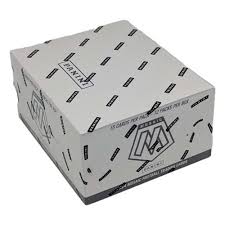
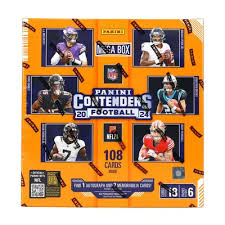
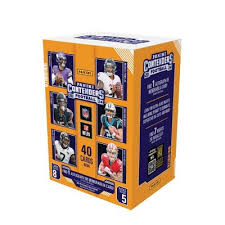
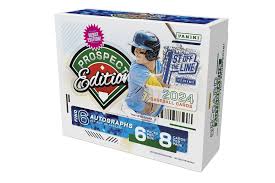
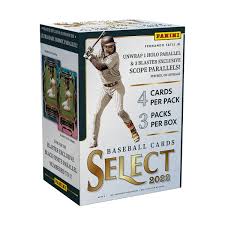
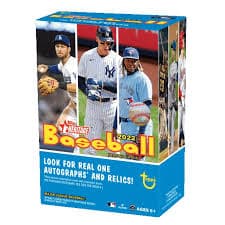
2022 Topps Heritage Baseball Blaster Box Configuration: 7 Packs per Box – 9 Cards per Box. Plus 1 extra pack.
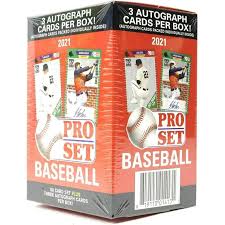
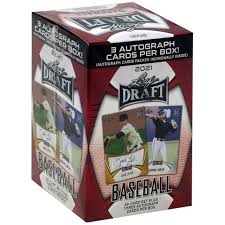
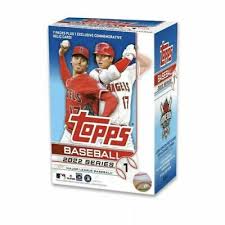
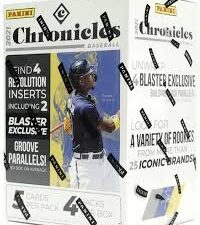
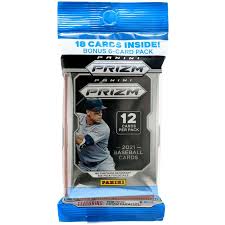
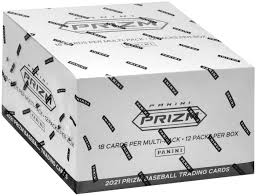

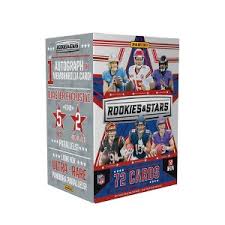
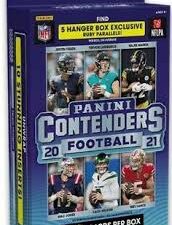
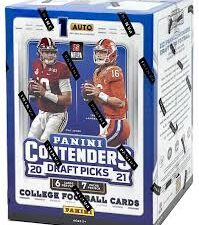
Keep up on breaking Sports Card News, our latest articles, product specials and exclusive content with expert analysis of hobby trends.

© Copyright 2025 - All rights reserved Cardlines.com / Media Techs LLC - Sports Card News, Reviews, Releases and BREAKS - #thehobby.
Important: When you click on links to various merchants on this site and make a purchase, this can result in this site earning a commission. Affiliate programs and affiliations include, but are not limited to, the eBay Partner Network.
The Ultimate 2024 Football Card Brand Tier List (Panini vs. Topps and more!)
Cardlines 9 hours ago